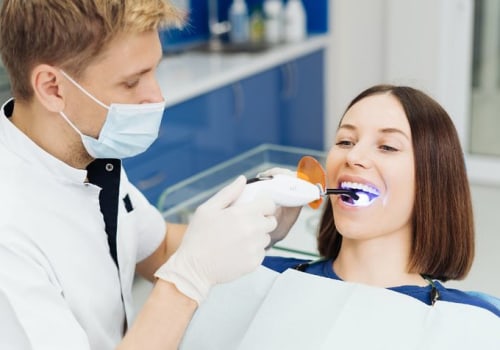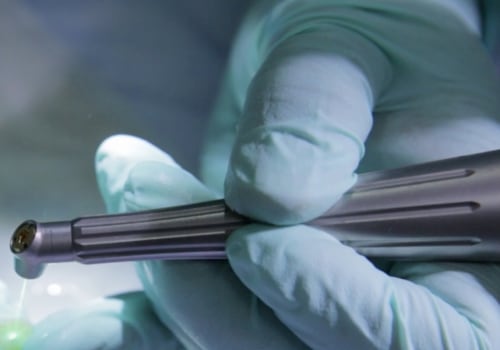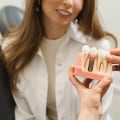Slight bleeding, slight swelling, and some pain can be expected in the days following laser gum therapy. This is normal and is a sign that the body is increasing blood flow to the treated area. McCormick can also prescribe medications to help ease any post-operative pain. Laser gum therapy is almost always almost painless.
We usually use local anesthesia to make you feel comfortable during the procedure. Traditionally, gum remodeling is done with a scalpel. It is done with local anesthesia so you don't feel any pain during the procedure. However, after the procedure, you will experience pain and discomfort.
Nowadays, many dentists choose to use a laser to reshape their gums. While the laser helps reduce the discomfort you feel after surgery, you may still experience some. There are ways to fix it. Laser gum surgery involves the use of lasers instead of traditional periodontal tools to clean tartar (calculus) from the surface of the teeth, their roots and the deep pockets that have formed in the gums.
Laser gum surgery is a minimally invasive procedure that, as the name suggests, uses a laser to remove harmful bacteria and damaged gum tissue from the gum pockets in order to treat gum disease. Lasers are incredibly accurate and precise, so the laser won't target anything other than problem areas. Laser gum surgery is also called LANAP laser gum treatment or LANAP therapy, so you'll see that these terms are used interchangeably throughout the article.






